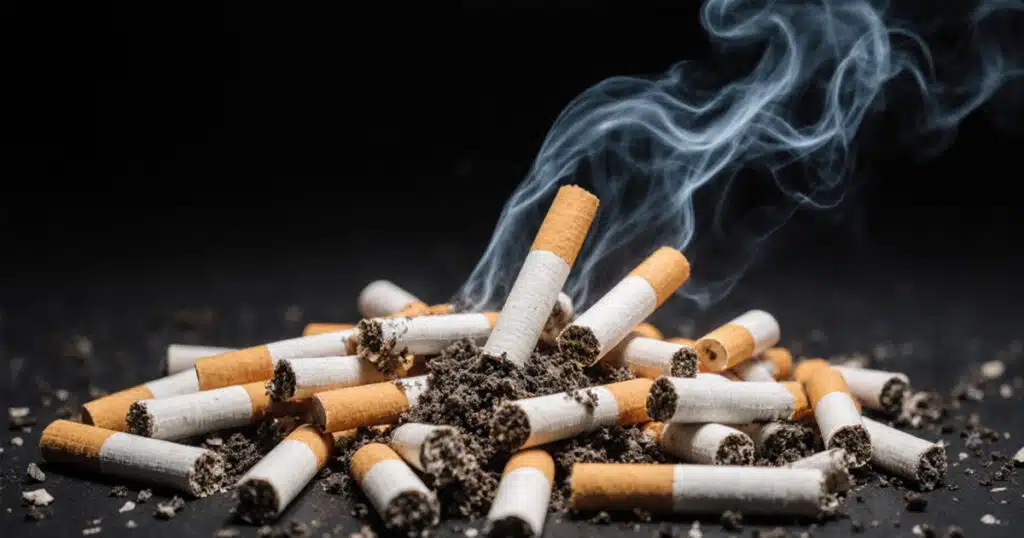
From Trash to Golf Grass: Can Cigarette Butts Actually Be Recycled?
Despite drastically declining rates of smoking, cigarette butts remain the most common form of litter in the world. The world’s 1.3 billion smokers produce an estimated 4.5 trillion smoked cigarette butts each year, collectively weighing 1.2 million tons. Two-thirds of butts are rudely tossed on the ground, where their various pollutants – including nicotine, heavy metals, and cyclic aromatic compounds – then leach into the environment.
Can anything be done to address this environmental shame? In the past decade, researchers have explored the possibility of recycling cigarette butts, reporting some potential uses. Studies have demonstrated that cigarette butts can be broken down or transformed into building materials, cellulose pulp for paper, chemicals for pest control, and biofilm for wastewater treatment.
These efforts are commendable but deserve skepticism. Recycling – from collection to repurposing – broadly hasn’t lived up to expectations. Some materials, such as steel, paper, and aluminum, are amenable to the process, but others – most notoriously plastic – are not. Which category might cigarette butts fall into?
Since cigarette butts are a uniquely identifiable and common pollutant, they could be discarded in distinct receptacles and collected en masse from various locations – think public places like bars, concert venues, sports arenas, and areas with high foot traffic. Many smokers are still likely to flick their butts on the ground, of course, but a significant amount could be diverted to a single, uncontaminated stream.
Once collected, what do we do with them?
A group of Italian researchers at the University of Pisa recently provided an intriguing solution: cigarette butts could be broken down with boiling water and filtered into either cellulose or other debris (including paper and tobacco). These different substances could then be added to soil to form growth substrate for turfgrass. Moreover, the water collected during the refining process, infused with the chemicals from the cigarette butts, could be used as a fertilizer of sorts.
As the researchers revealed in a paper published to the journal Sustainability, over seven weeks, they tried growing the grass P. vaginatum, commonly used throughout the Mediterranean basin on golf courses, tennis courts, and public parks, in different cigarette butt/soil mixtures and with varying applications of the infused water. They found that the grass grew just as well in solid substrates augmented with cigarette butts as they did in soil. The concentration of added cigarette material – either 25 percent of 50 percent – did not matter. The researchers also found that applying the liquid once per week enhanced growth compared to controls, although applying it twice per week inhibited growth. Basically, low doses were beneficial but greater doses were toxic.
The research reveals the potential for repurposing the most preponderant litter in the world.
This article was originally published by RealClearScience and made available via RealClearWire.



